- News
- Reviews
- Bikes
- Components
- Bar tape & grips
- Bottom brackets
- Brake & gear cables
- Brake & STI levers
- Brake pads & spares
- Brakes
- Cassettes & freewheels
- Chains
- Chainsets & chainrings
- Derailleurs - front
- Derailleurs - rear
- Forks
- Gear levers & shifters
- Groupsets
- Handlebars & extensions
- Headsets
- Hubs
- Inner tubes
- Pedals
- Quick releases & skewers
- Saddles
- Seatposts
- Stems
- Wheels
- Tyres
- Tubeless valves
- Accessories
- Accessories - misc
- Computer mounts
- Bags
- Bar ends
- Bike bags & cases
- Bottle cages
- Bottles
- Cameras
- Car racks
- Child seats
- Computers
- Glasses
- GPS units
- Helmets
- Lights - front
- Lights - rear
- Lights - sets
- Locks
- Mirrors
- Mudguards
- Racks
- Pumps & CO2 inflators
- Puncture kits
- Reflectives
- Smart watches
- Stands and racks
- Trailers
- Clothing
- Health, fitness and nutrition
- Tools and workshop
- Miscellaneous
- Buyers Guides
- Features
- Forum
- Recommends
- Podcast
review
£69.99
VERDICT:
Beryl has fixed the issues with the original and reduced the price, an impressive and innovative light
Innovative safety features
Decent battery life
Good visibility
Mounting to the bar can be a little fiddly
Weight:
99g
Contact:
At road.cc every product is thoroughly tested for as long as it takes to get a proper insight into how well it works. Our reviewers are experienced cyclists that we trust to be objective. While we strive to ensure that opinions expressed are backed up by facts, reviews are by their nature an informed opinion, not a definitive verdict. We don't intentionally try to break anything (except locks) but we do try to look for weak points in any design. The overall score is not just an average of the other scores: it reflects both a product's function and value – with value determined by how a product compares with items of similar spec, quality, and price.
What the road.cc scores meanGood scores are more common than bad, because fortunately good products are more common than bad.
- Exceptional
- Excellent
- Very Good
- Good
- Quite good
- Average
- Not so good
- Poor
- Bad
- Appalling
The Beryl Laserlight Core offers the innovative safety elements of the original Laserlight at a more affordable price. It pumps out a decent amount of light, now with a 400-lumen Day Flash, and battery life is good too.
When riding in London in 2020, one thing you are guaranteed to see is green lasers in the shapes of bikes on the road after dark. This is the work of Beryl (previously known as Blaze), whose original Laserlights were fitted to Santander bikes.
> Find your nearest dealer here
You can still buy the original Laserlight, but Beryl has now released this Core version, which costs £55 less but still offers the green laser.
Where the original Laserlight was made from high-grade aluminium, the Core is black plastic. Aside from the material changing to a cheaper alternative, there is little else here that isn't as good or better than the original.
As with all lights, a key element is brightness. The Laserlight Core pumps out the same 300 lumens at 100% as its older and more expensive brother, but whereas the older model had three modes, High, Low and Flashing, the Core has a 400-lumen Day Flash too.
I found the solid High more than bright enough for urban riding and for all but the roughest lanes, though I'd want something a little more powerful for gravel and riding in heavily potholed lanes at night.
Beam shape is circular, which offers both deep and wide visibility. On dark roads I could see more than enough around me, while still being visible to other road users.
The key element that sets this light aside from others is not its brightness, though, it's the laser that projects a bright green bike in front of you. I used the original Laserlight when it was first released and was impressed with how effective it was. Happily, this cheaper version still offers the same laser performance.
As you might expect from a laser, it doesn't project perfectly on wet surfaces so use in the rain isn't great, but otherwise the innovative design offers extra visibility in other conditions.
The laser can be set to flash, constant or off, and is operated by a separate button on the top of the light, pressing the button to cycle through. The other button controls the light itself and its four modes: High, Low, Flashing, and Day Flash. These can be cycled through with a press of the button and turned on/off with a hold.
Mount
The Beryl's bracket is attached to the handlebar with a rubber ladder strap which hooks into a cradle mount that the light slides into. It's a little fiddly because the strap has a tab on one end which, when attached in the way that seems to be logical, gets in the way of the light sliding on. This isn't a major design flaw, just a slight annoyance, and it holds the light steady.
This is important, otherwise it would just end up a green smudge in front of you. I only really noticed jitters on the laser when I was going over particularly rough roads or cobbles. With the significantly increased contact area of the mount, compared with the original, it holds a sturdy position far better, and keeps it lower and less intrusive on the handlebar too.
When I reviewed the original in 2014, the biggest single issue I found was that it literally fell off the handlebar. Beryl has not only fixed this with the new model, but made a genuinely secure mount.
Battery life and charging
The Beryl has a maximum battery life of 41 hours if you have it on Day Flash with the laser off, and a minimum of 1:30 if you have the light at High and constant laser. I tended to use the light on Flashing with the laser also on flashing, which Beryl claims would give me 13 hours of battery life, and that seems about right. I found that I was charging it roughly once a week when commuting.
> Buyer's Guide: The best 2019/2020 front lights for cycling
Charging is done through a Micro USB socket that sits under a waterproof dust cover. This is another element that's an improvement over the original: rather than having a specific charger, Beryl has opted for a standard connection, which you're always likely to find lying around somewhere. Charging to 50% takes around an hour, and getting to 100% is around 4 hours.
Value
The Laserlight Core costs £69.99, which seems a good price. The only genuine comparison is to the original, which comes in at £125 and, I genuinely believe, is only superior in terms of the material used.
The only other widely available option that uses lasers in a similar way is the Lezyne Strip Drive Pro 300 rear light that Emma took a look at in October. This came in £10 cheaper, which isn't surprising given it's a rear light that doesn't need to be as bright.
Conclusion
Overall I was really impressed with this lower priced Beryl. The issues that the older version had have been fixed, and the lower price makes it considerably more competitive. The mount now holds the light in place securely, you don't need a special adapter to charge it, it has a Day Flash, and it's a good size on the bar. Beryl has managed to upgrade its light and make it cheaper.
Verdict
Beryl has fixed the issues with the original and reduced the price, an impressive and innovative light
road.cc test report
Make and model: Beryl Laserlight Core
Size tested: L:10.6cm W:3.3cm H:3.9cm
Tell us what the light is for, and who it's aimed at. What do the manufacturers say about it? How does that compare to your own feelings about it?
Beryl says: "The Laserlight Core has Beryl's patented laser projection technology, combining a white light and a laser image to beam out of blind spots, junctions and situations where you're otherwise unseen."
Tell us some more about the technical aspects of the light?
Beryl lists:
BRIGHTNESS
Up to 400 lm white LED
MOUNTING
Tool-free bracket & silicone strap
BATTERY LIFE
Up to 41h on a single charge
POWER MODES
4 modes: Day Flash, Pulse, 100% solid, 50% solid
Rate the light for quality of construction:
8/10
Well made. Beryl has sacrificed the high-grade aluminium for plastics, but maintained a high level of build quality.
Rate the light for design and ease of use. How simple was the light to use?
9/10
Very easy to use. Two buttons to operate it, and removing the custom charger makes it infinitely more practical than the previous version.
Rate the light for the design and usability of the clamping system/s
8/10
The previous version's mount wasn't up to scratch, but here the mount holds everything in place well, although the rubber loop and hooks is a little fiddly.
Rate the light for waterproofing. How did it stand up to the elements?
8/10
No issues when used in the rain several times.
Rate the light for battery life. How long did it last? How long did it take to recharge?
7/10
Good battery life, especially in flash modes.
Rate the light for performance:
8/10
Did everything better than the previous, more expensive iteration, now with a Day Flash too.
Rate the light for durability:
8/10
The plastic may not be as durable as the original's aluminium, but given that the mount is infinitely better it's going to last much longer by not skidding across the road.
Rate the light for weight:
7/10
Rate the light for value:
7/10
It's £55 cheaper than the original and considerably better.
Tell us how the light performed overall when used for its designed purpose
Very well. In wet conditions it isn't great, but most of the time it works fantastically.
Tell us what you particularly liked about the light
The new mount, especially when you compare it to the older version.
Tell us what you particularly disliked about the light
The hook and loop is a little fiddly.
How does the price compare to that of similar products in the market, including ones recently tested on road.cc?
The only genuine comparison is to the original which comes in at £125 and I genuinely believe is only superior to this in the material used. The Lezyne Strip Drive Pro 300 that Emma took a look at in October uses lasers in a similar way and is £10 cheaper, but it's a rear light and doesn't need to be as bright.
Did you enjoy using the light? Yes
Would you consider buying the light? Yes
Would you recommend the light to a friend? Yes
Use this box to explain your overall score
This light was created as a cheaper version of the original, and outperforms it in every department. I was impressed by the innovative safety elements of the original but annoyed by some of the key features. Those have not just been fixed but improved, at a much more competitive price.
About the tester
Age: 32
I usually ride: CAAD13 My best bike is: Cannondale Supersix Evo
I've been riding for: Under 5 years I ride: Every day I would class myself as: Expert
I regularly do the following types of riding: commuting, club rides, sportives, general fitness riding, fixed/singlespeed, mtb,
George is the host of the road.cc podcast and has been writing for road.cc since 2014. He has reviewed everything from a saddle with a shark fin through to a set of glasses with a HUD and everything in between.
Although, ironically, spending more time writing and talking about cycling than on the bike nowadays, he still manages to do a couple of decent rides every week on his ever changing number of bikes.
Latest Comments
- NPlus1Bikelights 2 hours 57 min ago
We've saved them multiple times with Kick Starters. Shame. Edit: tense.
- NPlus1Bikelights 3 hours 55 sec ago
Or the congregation reads the news and does not like all the stories about ignored abuse by senior members of the church.
- NPlus1Bikelights 3 hours 2 min ago
Kask remains sexier. And their prices, whilst high, are not as over the top as these.
- rookybiker 3 hours 24 min ago
> Are the ASO, basically saying it didn't happen The authority is the UCI. ASO was only the race organiser.
- Simon Withers 3 hours 52 min ago
At the moment the Triban RC520 Disc is £899.99 - and it's a very good bike (I've ridden it and recommended it in the past). ...
- Miller 3 hours 56 min ago
I remember this being released and thinking it was definitely the future. I built my own kludgy, much cheaper equivalent in 2013....
- brooksby 4 hours 36 min ago
I have a Grand Prix appointment next week anyway, so I may decide to discuss this with them instead of what I'd booked it for...
- David9694 4 hours 38 min ago
Come with me to Brockenhurst, New Forest. It has a train station and a bike shop and in the summer season the area attracts visitors, many of whom...
- brooksby 6 hours 38 min ago
Clevedon seafront "cycle lane" at the weekend... All those empty cars can finally park facing the sea again





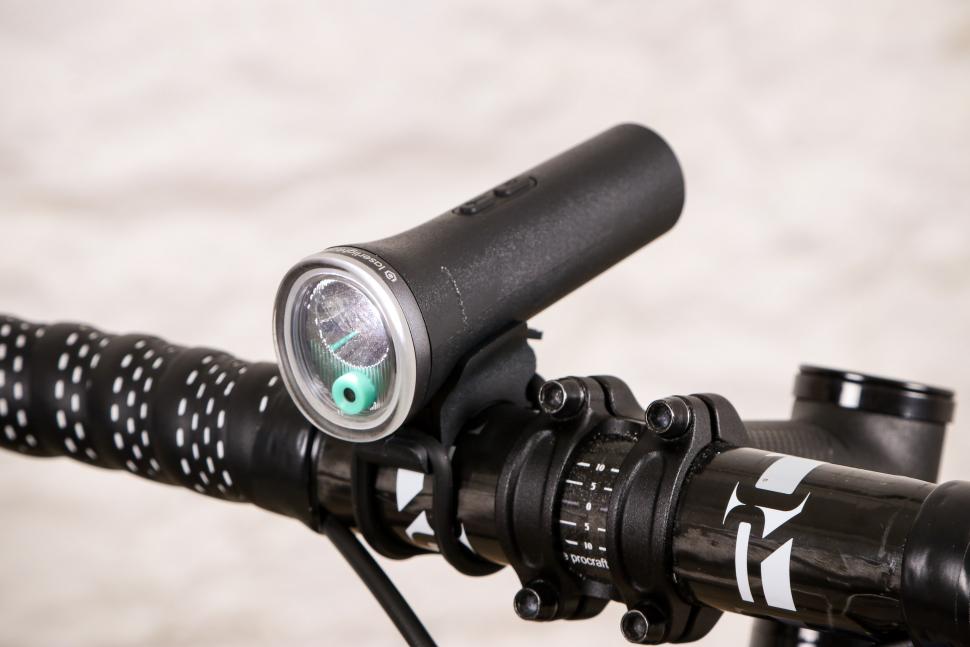

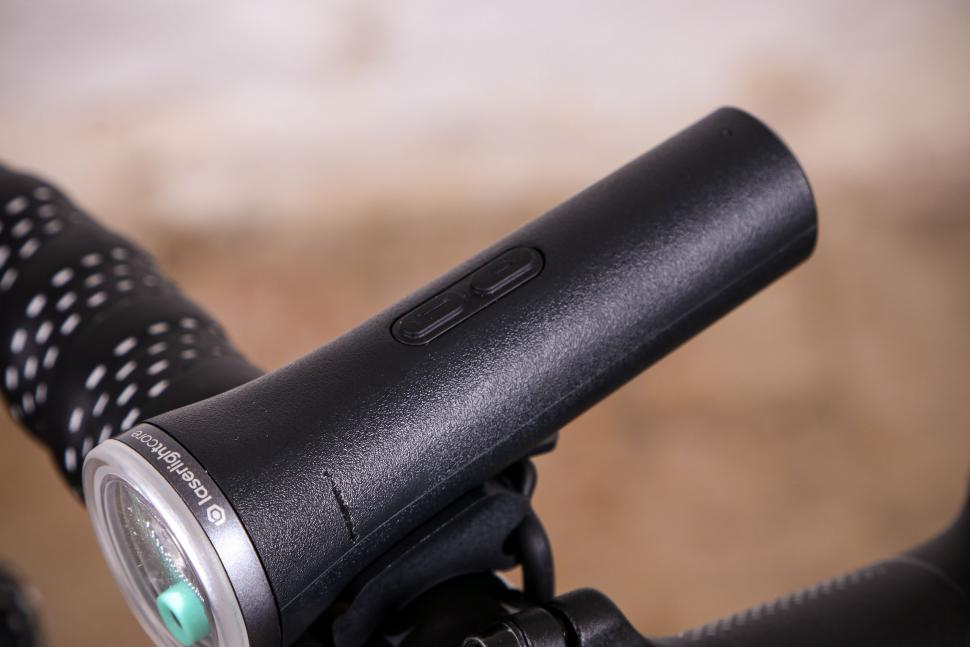
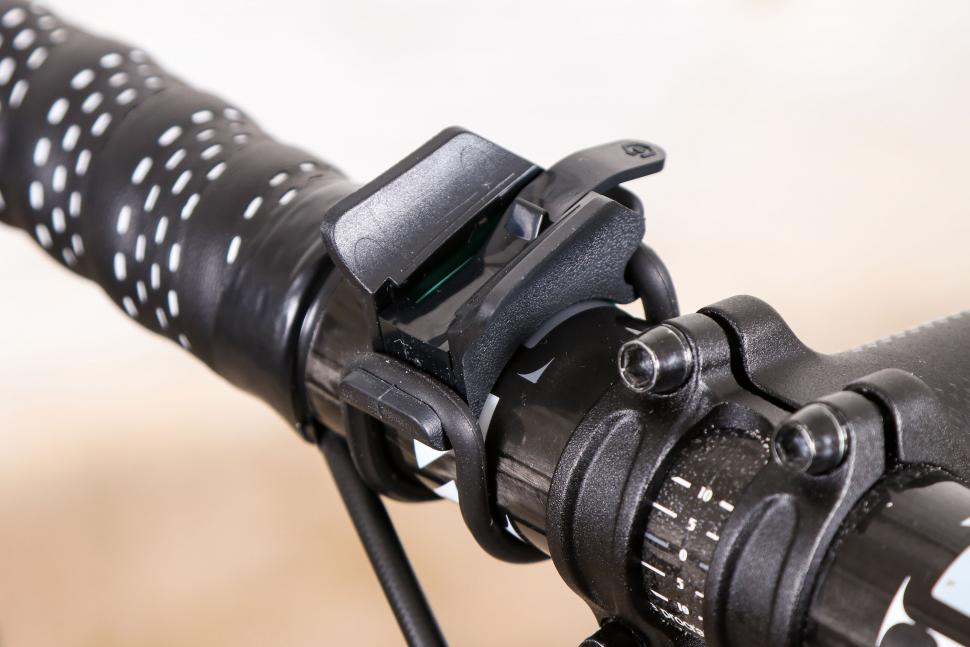
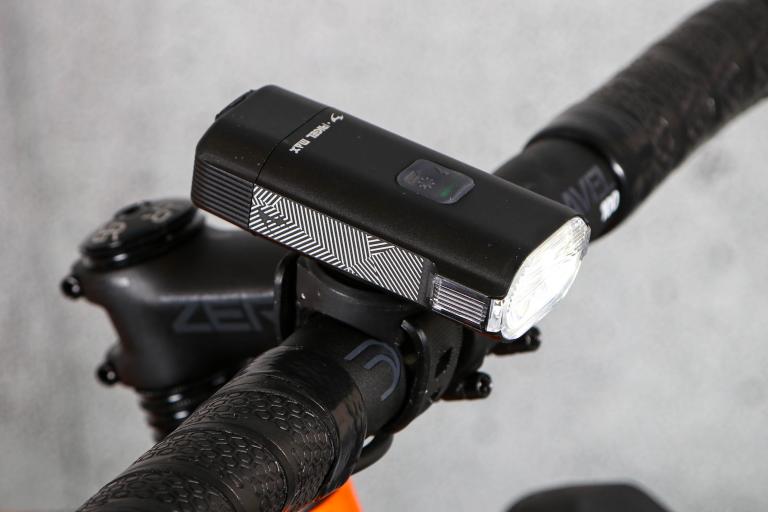
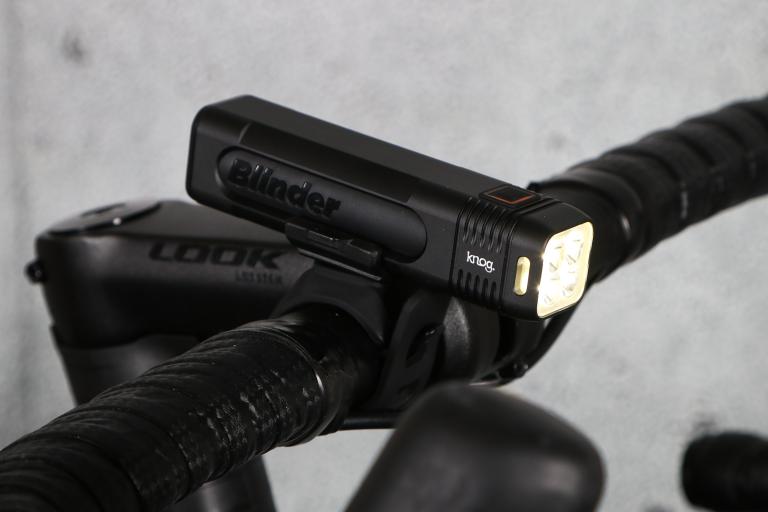

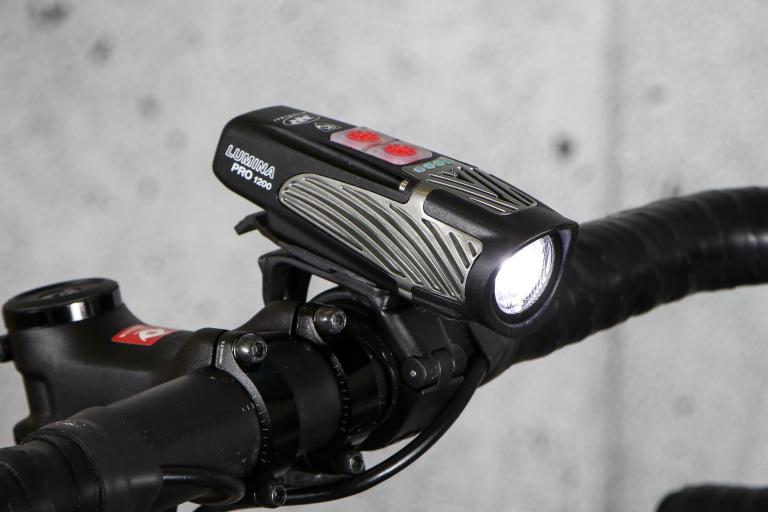
Add new comment
6 comments
The Lezyne Strip drive doesnt use lazers so I'm not sure why that is quoted as comparable.
Its the Lezyne Lazer Drive that uses Lazers as part of its rear lighting.
https://ride.lezyne.com/products/1-led-23r-v104
I had both the original one and the new Core, and I still believe that the mount is C##p!
This is a shame as the light is otherwise great. The laser is a great non agressive way of telling others (drivers, cyclists or pedestrians) that a bike is approaching.
But after just a few days, the mount allows way too much play, the laser bike starts being blurry even on rather smooth surfaces, and once in a while the lighht just falls!!
Beryl sent me a replacement mount, but the problem is still there.
Shame. Great light, ruined by its cheapest part!
Lets hope it's more waterproof than the original I have. The first heavy rain I rode home in water got inside the lens and then battery stopped charging. Won't hold a charge anymore. A rather expensive paperweight now.
It is, I used it on my daily commute across London in January and February - safe to say that the waterproofing was thoroughly tested
1 hr 30 at full power? That's pathetic! Not even a commute with a little interval session on the way home.
Doesn't the NiteRider Sentinel use lasers?